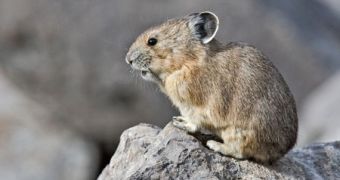Wildlife preservation is something a lot of people are deeply worried about nowadays, especially given the fact that industries keep expanding and natural habitats that get in their ways are destroyed on a regular basis.
However, it seems that some American states are finally taking a stand against this most unfortunate situation, and are joining hands in pushing for the implementation of conservation projects.
Thus, the 15th of July 2012 marked the beginning of the first North American Congress for Conservation Biology, whose theme is plain and simple: “Bridging the Gap: Connecting People, Nature and Climate.”
As one can infer from the title of this conference, all discussions are to focus on the science and the real-life aspects of conservation sciences.
The US Geological Survey informs us about some of the topics to be taken into consideration during this gathering.
For example, one of the speakers will deal with how prairie dogs and black-footed ferrets are presently threatened by a possible sylvatic plague outbreak, unless a vaccine is soon made available to help safeguard these species.
Besides prairie dogs and black-footed ferrets, it seems that North American ducks and shorebirds are also suffering, mainly as a result of habitat loss.
Given the fact that most of their food sources are gone, the specialists will try to determine whether or not these animals will make it through the winter.
Global warming will also fall under intense scrutiny, as its impact on species living at high altitudes will be intensely discussed during this conference.
The American pika, a hamster-like animal, will stand as a symbol of how climate change impacts on biodiversity, seeing how higher average temperatures have brought this species close to extinction.
The conference, taking place in Oakland, is expected to end on the 18th of July, but until then the researchers taking part in it will have probably reached a deeper understanding of how human activities in this part of the world impact on local fauna and flora.
Hopefully, this will allow them to develop efficient conservation projects, which need be implemented as soon as possible.

 14 DAY TRIAL //
14 DAY TRIAL //